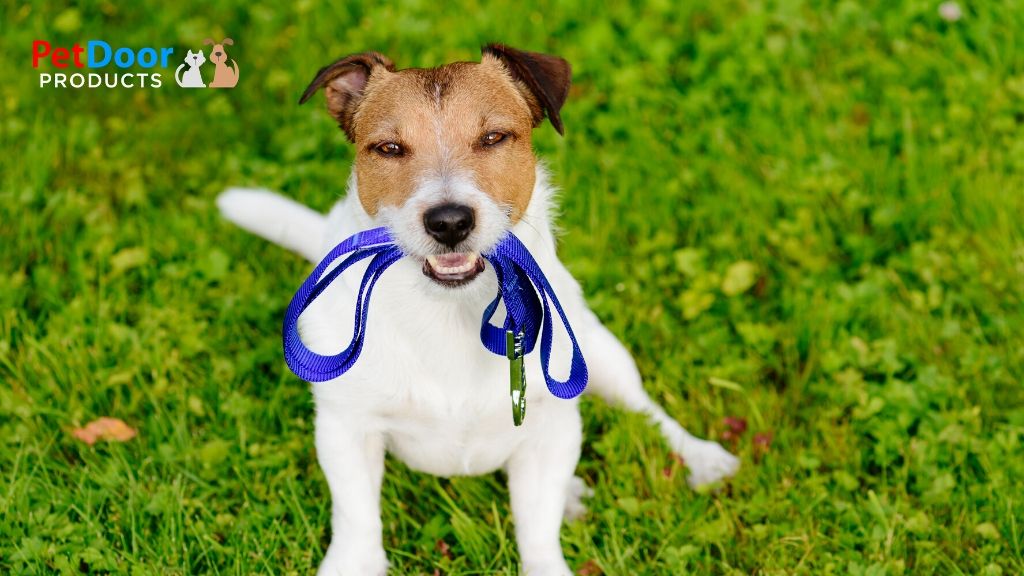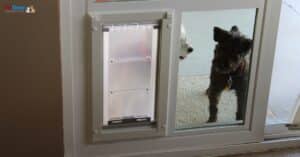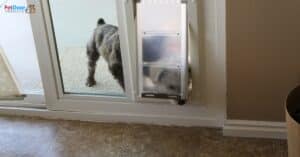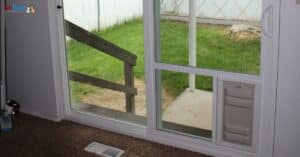
Brilliant Ways to End Bad Pet Behavior as Soon as It Starts

Cute and sweet puppies may seem like bundles of joy when adopted from a shelter or brought home from the breeder, but unwanted behaviors can set in surprisingly quickly. Even with plenty of care and love, some puppies and older dogs develop at least one bad pet behavior as they acclimate to their new home. Try one of these pet behavior solutions at the first sign of behavior problems in pets to keep the issues from growing worse with time.
Address Bad Pet Behavior Early
Waiting to see if bad pet behavior “works itself out” or worsens only makes it much harder to treat the problem. Prompt treatment at the first sign of an issue like nuisance barking or fear towards other dogs offers the best chance of success. If you so much as suspect a behavioral issue is developing, make an appointment with your vet to rule out physical causes so you can start focusing on the emotional and mental components.
Look for Behavior Problems Warning Signs Before You Get a Dog
Most pet owners spend more time considering the color, size, and coat type of the dog they want rather than considering the potential of behavior problems in pets. Yet paying attention to warning signs for fear, aggression, and hyperactivity can help you choose the dog that will best fit your lifestyle rather than just your visual preferences. Whether you’re choosing a puppy from a trustworthy breeder or an older dog from a shelter, request to spend at least 20-30 minutes with your potential pup. Go through a wide range of exercises like taking toys away from them to see how they respond. While small signs of aggression or fear during play or feeding times can be normal in adopted dogs, you should still know what you’ll need to work on after bringing the dog home.
See a Pet Behavioral Specialist
Dogs of all ages and from all breeds need professional pet behavior help when an issue fails to respond to home training. Instead of visiting a trainer, ask your vet for a recommendation to a pet behavioral specialist. These specialized vets know how to track down the root cause of seemingly random biting or fear wetting to address it directly. They can also guide you through desensitization training programs that help dogs become acclimated to the triggers of their behavior. Quick attention from a behaviorist can make the difference between a puppy that can happily live with other dogs or one that must stay away from dog parks due to aggression or fear.
Build a Safe Environment for Your Pets
While you’re finding the right pet behavioral help for your dog’s issues, minimize triggers at home as much as possible. Cover your windows if your pet responds to animals and people passing by outside, and set aside a guest room or basement area as a safe spot that is solely your dog’s territory. Crate training from an early age is great for establishing this routine, especially if your dog reacts to guests and visitors. Adding a dog door that leads to the back yard or the dog’s safe room allows your pup to leave a stressful situation without being followed.
Don’t give up on bad behavior from your dog. With a focus on improving your pet’s life and the help of a behavioral specialist, you should be able to address any problem behavior and at least reduce the issue.
- How to Choose the Right Dog Door for Extreme Climates - April 19, 2024
- What is the Best Dog Door for Sliding Glass Doors? - April 17, 2024
- Energy Efficient Dog Doors for Sliding Glass Doors: A Climate-smart Move for Pet Owners - April 12, 2024









